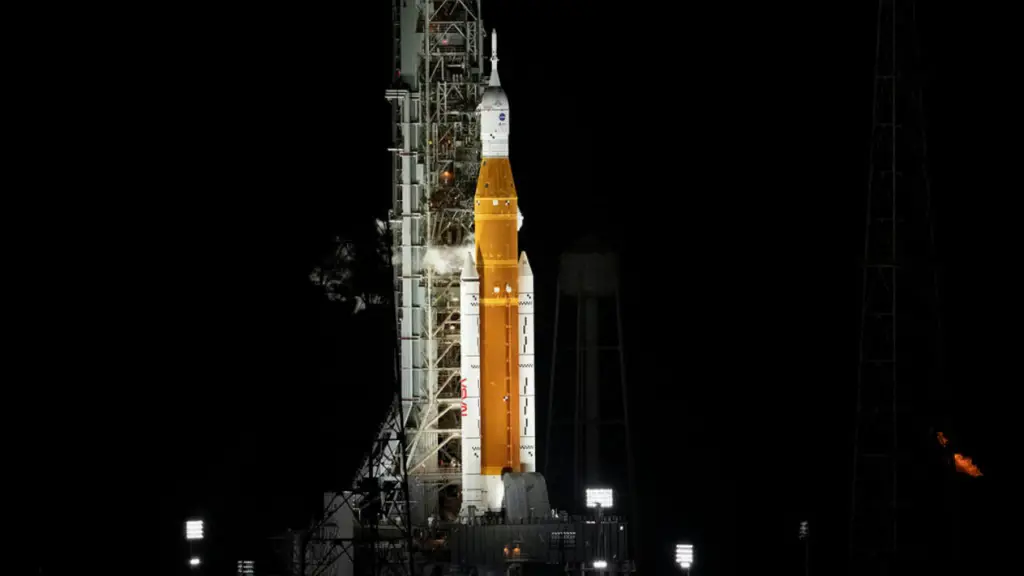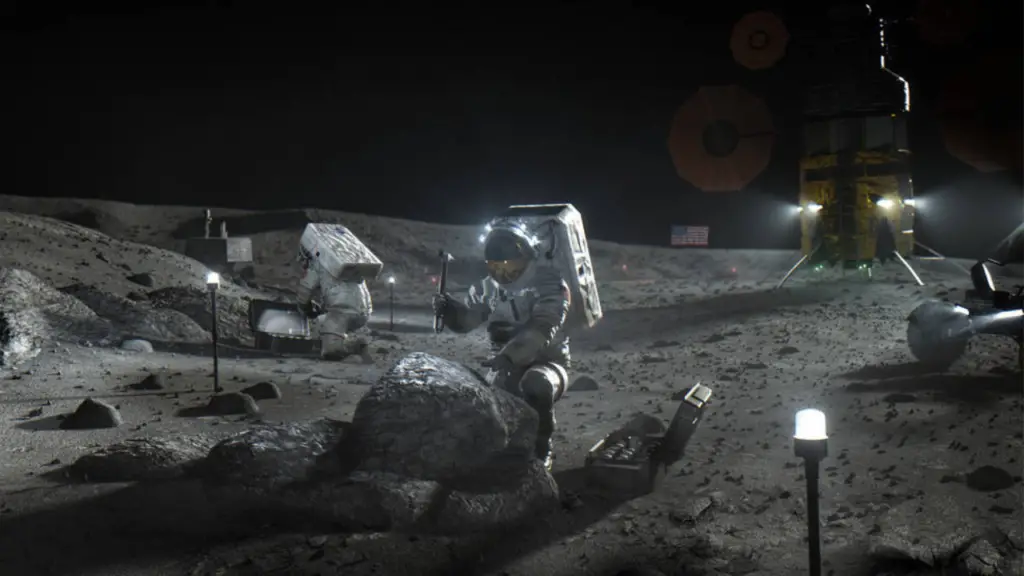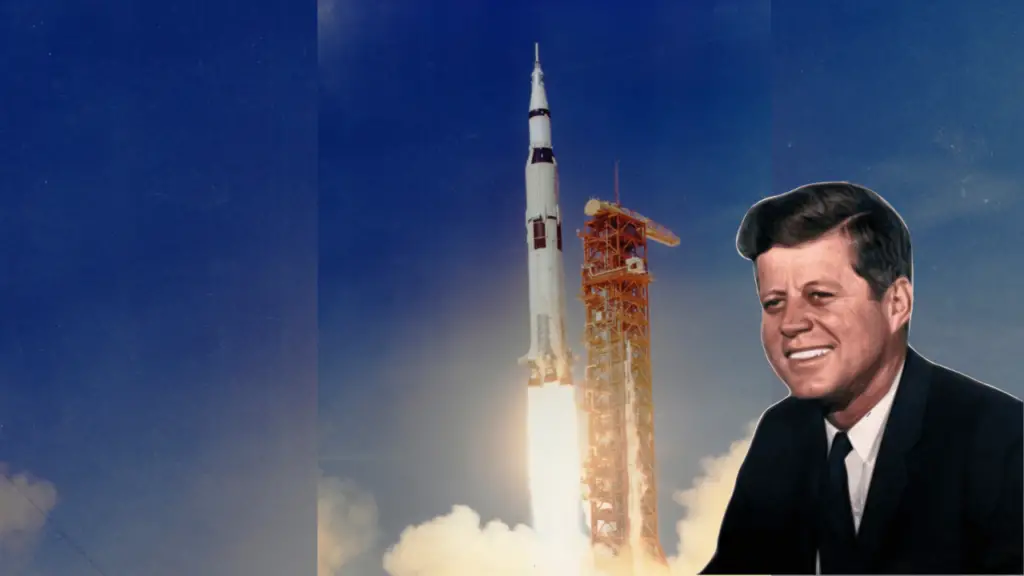On August 23, the Chandrayaan-3 lunar lander successfully conducted a soft landing near the lunar south pole, thereby taking India to the moon. This historic touchdown made India the fourth nation to land on the moon after the United States, the former Soviet Union, and China. India Space Research Organisation (ISRO) revealed that it conducted the historic moon landing at 33 am ET (1233 GMT or 6:03 p.m. India Standard Time).
“We have achieved a soft landing on the moon! India is on the moon!” ISRO chairman Sreedhara Somanath announced after the landing.
This historic moon landing also caught the attention of India’s Prime Minister and other top politicians across the country.
“This success belongs to all of humanity and it will help moon missions by other countries in the future,” India’s Prime Minister Narendra Modi said in a speech following the landing. “I’m confident that all countries in the world, including those from the global south, are capable of achieving such feats. We can all aspire to the moon and beyond.”
How did India Attain Such a milestone using its Chandrayaan-3 space lander? Continue reading to find out
How ISRO Achieve Such A Historic Moon Landing at the Lunar South Pole To Take India to the Moon
Landing on the lunar south pole has remained one of the most complex tasks for most space agencies. However, the top priority of ISRO is to get India to the moon during its recent successful mission. While India failed on its last attempt to land a lander on this part of the moon, the agency never gave up on its dream to explore the lunar south pole.
At 33 am ET (1233 GMT or 6:03 p.m. India Standard Time), the Chandrayaan-3 spacecraft landed on the moon, becoming the first space probe to land on the lunar south pole region. Upon its touchdown, the lander captured a detailed image of the moon and transmitted it to Earth. ISRO revealed these images a little past two hours after the historic touchdown. The agency also noted that the powerful spacecraft has maintained successful communication with its mission control team.
Shortly after this touchdown, the Vikram (“valor”) lander will deploy a solar-powered rover named Pragyan (Sanskrit for “wisdom”). ISRO built the two robotic vehicles to spend about one lunar day (approximately 14 Earth days) navigating across the terrains of the lunar south poles collecting scientific data about the moon before running out of batteries after sunset.
However, the mission ended in disaster after the spacecraft crashed into the lunar surface because of a software glitch. However, India never rushed to make another attempt after their first failure.
How ISRO built The Chandrayaan-3 spacecraft that took India to the Moon
Keep in mind that Chandrayaan-3 was India’s second attempt to land a spacecraft near the lunar south pole. This region is popular because of its abundant resources for future crewed missions to the moon. Previous studies on the region have enabled scientists to discover massive amounts of water ice which can be converted into oxygen, water, and rocket fuel. India made the first attempt using its Chandrayaan-2’s lander in September 2019.
However, the mission ended in disaster after the spacecraft crashed into the lunar surface because of a software glitch. However, India never rushed to make another attempt after their first failure.
The agency stayed up to four years to build several designs and upgrade the software to correct their past mistakes during the Chandrayaan-3 mission. When ISRO was satisfied with its design of the Chandrayaan-3 spacecraft, the Indian agency launched the lander atop the LVM3 rocket on July 14 from a spaceport in Sriharikota, on India’s east coast.
After launch, the spacecraft flew into an elliptical orbit around the moon in early August. At that point, it executed multiple maneuvers to adjust to a nearly circular path. This adjustment moved the spacecraft to about 93 miles (150 kilometers) above the lunar surface. On August 17, the lander and rover path of the Chandrayaan-3 spacecraft separated from the mission’s propulsion module which commenced to observe Earth from its orbit around the moon.
The Vikram-Pragyan duo entered an egg-shaped lunar orbit after separating successfully. They braked successfully on August 18 and made another brake on August 20 to move closer to the lunar surface.
How Chandrayaan-3 landed on the Lunar Surface
The lander and rover path of the Chandrayaan-3 spacecraft remained in lunar orbit on August 21 and 22 to properly establish communication with Chandrayaan-2’s orbiter which has been orbiting the moon since 2019. The Chandrayaan-2’s orbiter will now operate as the critical communication medium between Earth and the Chandrayaan-3 mission.
As soon as the sun rose today, August 23, on the planned landing site which was visible from Earth on one edge of the moon, ISRO’s mission control team at their headquarters in Bengaluru issued a command for the lunar lander to commence with its descent to the moon’s surface. This issued command activated the lander’s fully automatic landing system.
Immediately after the vehicle began to descend, the lander performed the first brake to lower its height from 18.6 miles (30 km) to just 0.4 miles (0.8 km) above the lunar surface. After that, the lander turned in such a way that its altimeters measured the height of the vehicle to the moon’s surface in real time with the aid of cameras mounted on board the lander faced downward getting ready for the historic touchdown.
At 8:33 a.m. EDT (1233 GMT and 18:03 India time), the lander Vikram landed in its target landing area, at about 70 degrees south latitude. This target location is near the region where Russia had hoped to land its first moon mission in 47 years, Luna-25, on Monday (Aug. 21). However, Roscosmos’s attempt failed when the probe crashed into the moon over the weekend after a final orbital maneuver crashed into the moon.
Conclusion
India successfully landed the rover and lander on the lunar south pole, becoming the first nation to attain such a milestone. The nation’s successful landing today actually came from the knowledge learned from the failure of Chandrayaan-2’s mission. Let’s hope that the lessons learned from this historic moon landing will be useful in NASA’s crewed exploration of the moon before the end of this decade. What do you think about this historic moon landing?





